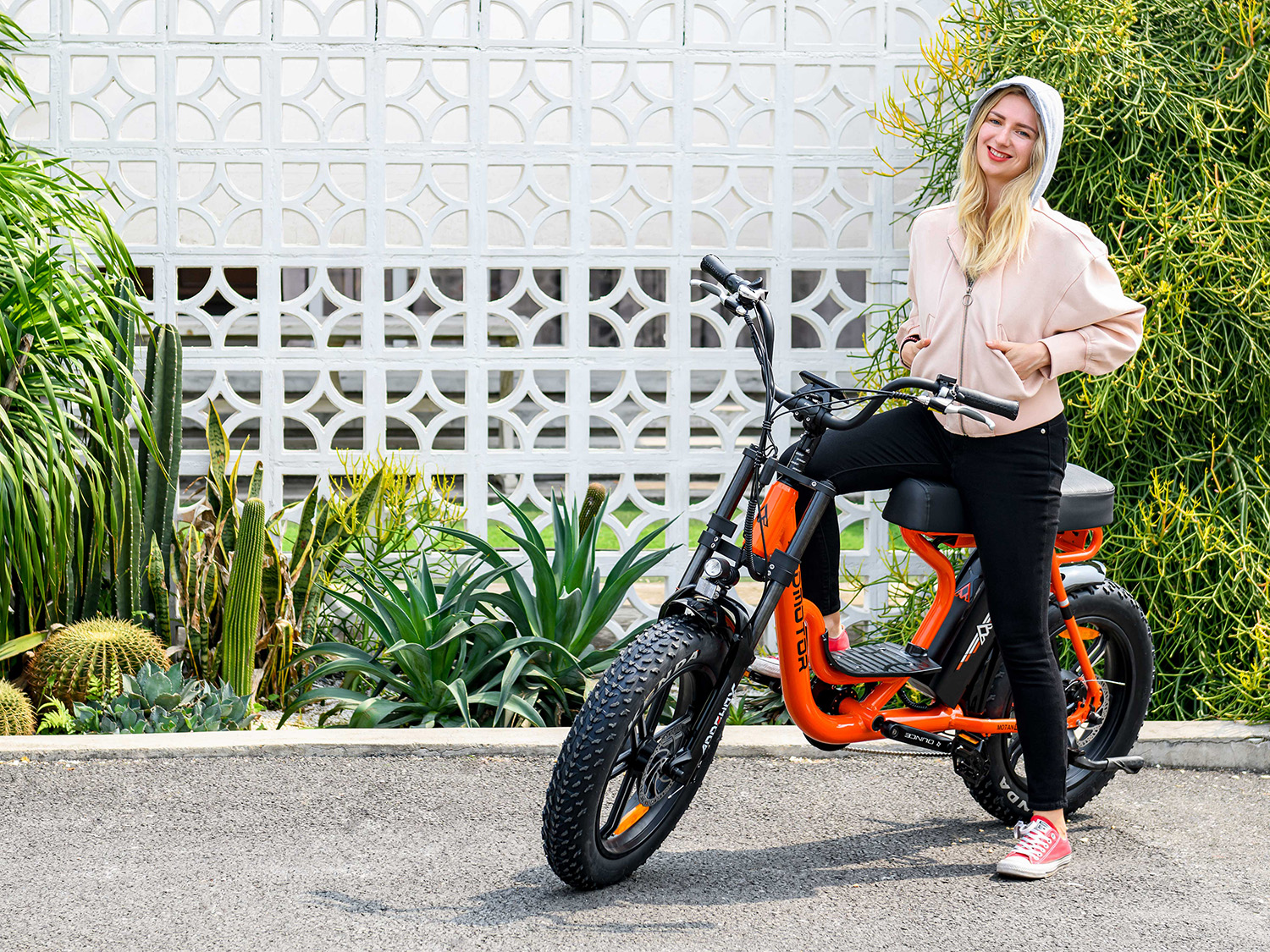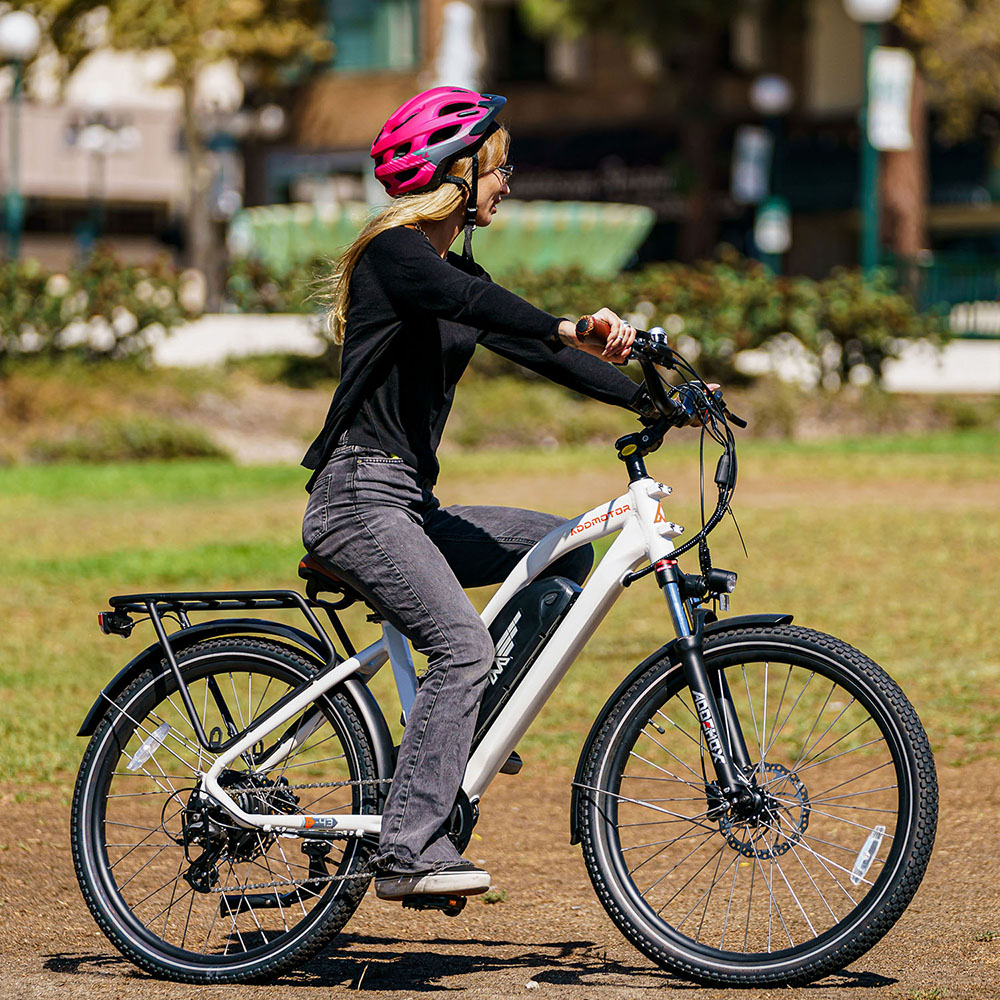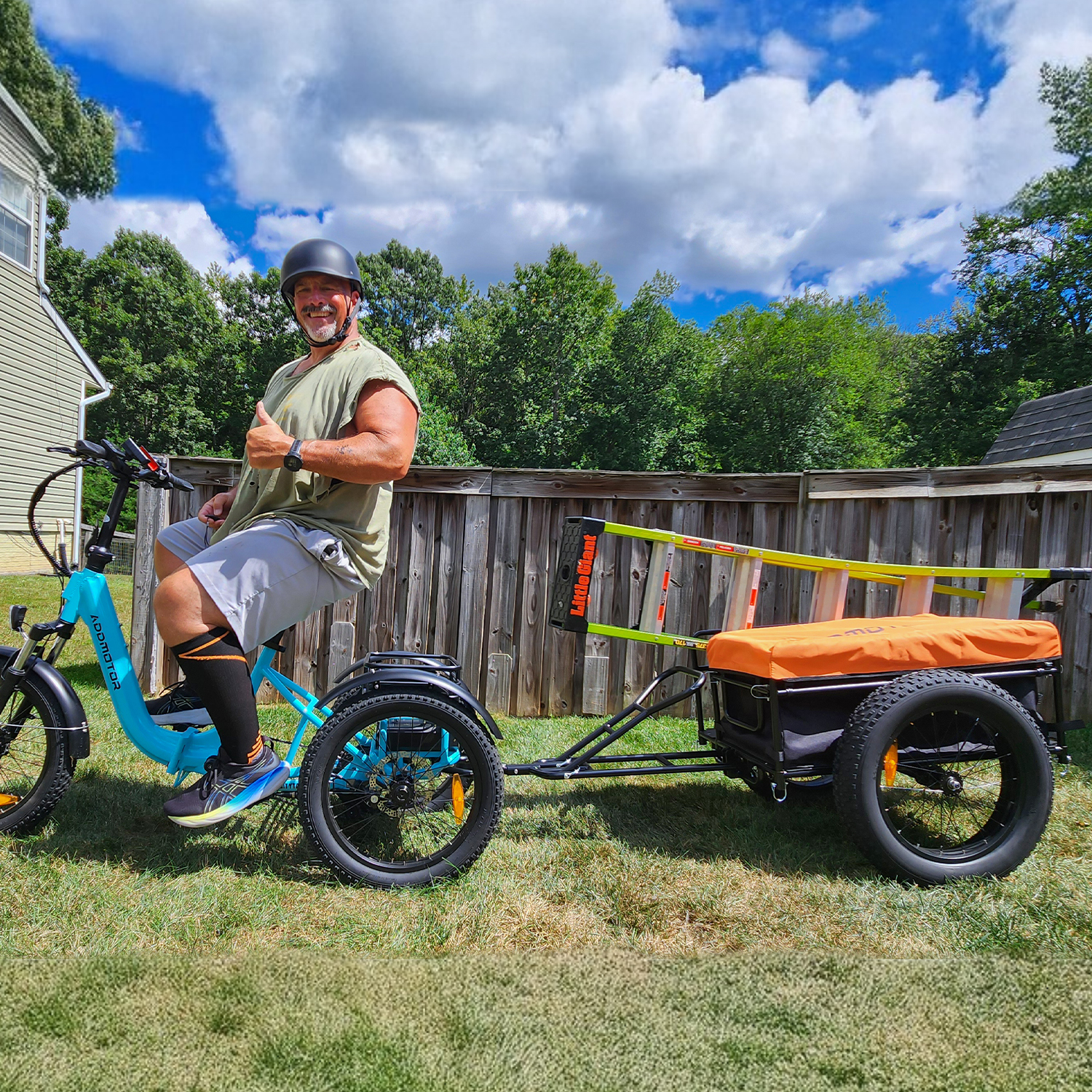Electric Bike Range Explanation

Electric bikes are great for taking regular short rides. They can help you reach your destination with less effort but travel further out with the same amount of manual pedaling. However, e-bike riders do sometimes get confused about the range and how much distance these bikes can travel.
Multiple factors affect an electric bike’s range. Some are mechanical, some are electrical, and many of them are external factors. Here we’ll go in detail about each of them to thoroughly understand an electric bike’s range.
External Factors
The external factors affecting the range of e-bikes are plentiful and can affect how far an electric bike can travel on a single charge. These external factors are:
Weight: The heavier an object is, the more force it takes to move it. It is not only the rider’s weight but includes the cargo they may be carrying too. Thus, the heavier the load on the e-bike, the more the motor must exert itself, the more the motor exerts itself, and the more power it uses. This all results in a shorter electric bike distance traveled.
Terrain: Going uphill requires more energy as the motor is working against both friction and gravity in this situation, rather than just friction when traveling on flat ground. This is compounded by the weight factor above i.e., more weight going uphill requires even more power. Terrain doesn’t just mean hills, but also includes dirt and gravel roads. Complex terrain requires more power than traveling on smooth pavements.
Wind and Weather: A tailwind can assist and increase your range, whilst a headwind does the opposite. This forces you and your e-bike to work harder which reduce your range. Wet surfaces, from paved roads to dirt, mean that the e-bike must put out more power to push the rider along.
Stop-Starting: E-bikes take a bit of energy to reach a top speed versus what it takes to sustain speed. Once you’ve stopped and lost your momentum, the motor must exert energy to accelerate and get you back up to the speed you want to travel at.
Human Input: How hard you pedal directly correlates to how much energy the e-bike uses. The more energy you put into the system, the less the e-bike has to put in. If you rely solely on power from the battery, it might run out faster.
Electric Factors
Battery Capacity: The first and most obvious range factor on an e-bike is its battery capacity, i.e., how much power it can hold, the large the battery is, the more power it can hold.
Charge cycles: After about 1000 charge cycles (around the 2-year mark for a daily e-bike user and up to the 5-year mark for infrequent users) you’ll notice that the battery won’t fully charge. This is a natural part of the lifecycle of all lithium-ion batteries. The electric bike battery life’s capacity won’t drop by a large amount but a reduced capacity, which means a reduction in available power and, thus, a shorter range. When this happens it’s about time to consider purchasing a replacement battery.
Mechanical Factors
Gearing: If you are in high gear, both you and the motor must put in extra effort, burning more watt-hours and calories. Getting the gearing balanced with your pedal assist level helps you to increase the riding range!
Tire Choice and Pressure: Slimmer, smoother tires, like commuter tires, are much better at transferring energy into movement than off-road tires; especially if those tires are fat. Tire pressure also plays an important role. If your tires are under-pumped, it can harm your e-bike range too.
So how do you increase the e-bike range? Now that you know the factors that affect the range, if you make some improvements to these aspects, you will increase the range of your e-bike. Don’t forget to make use of these tips to make your e-bike range last longer!




